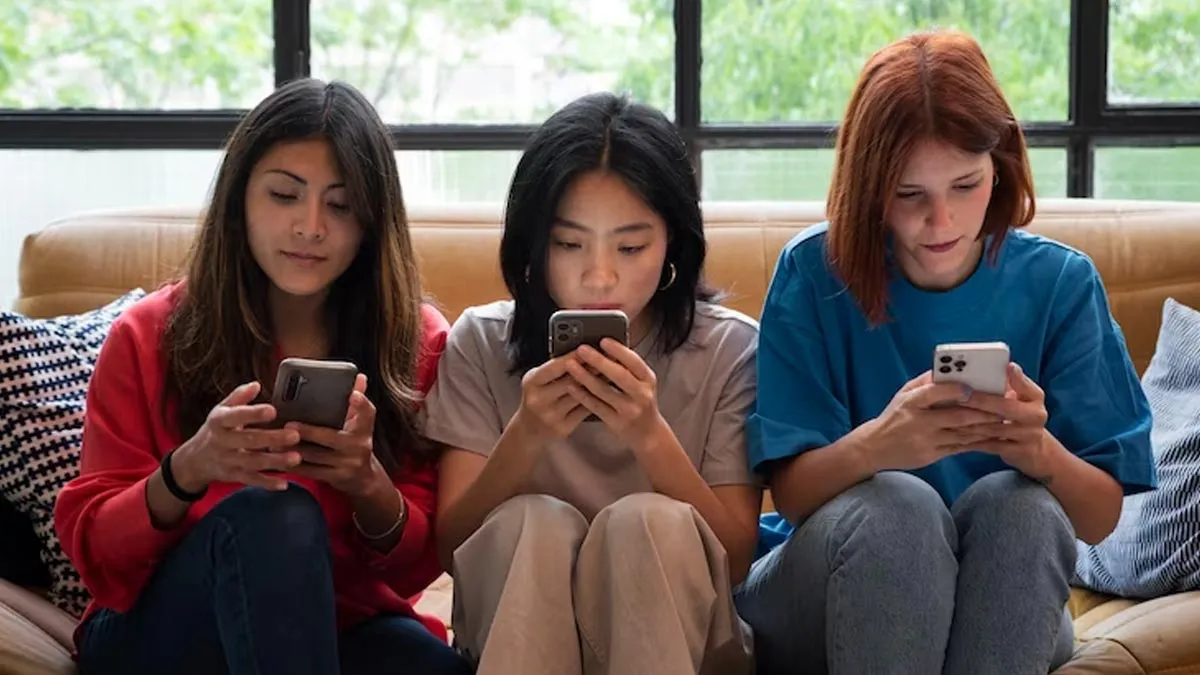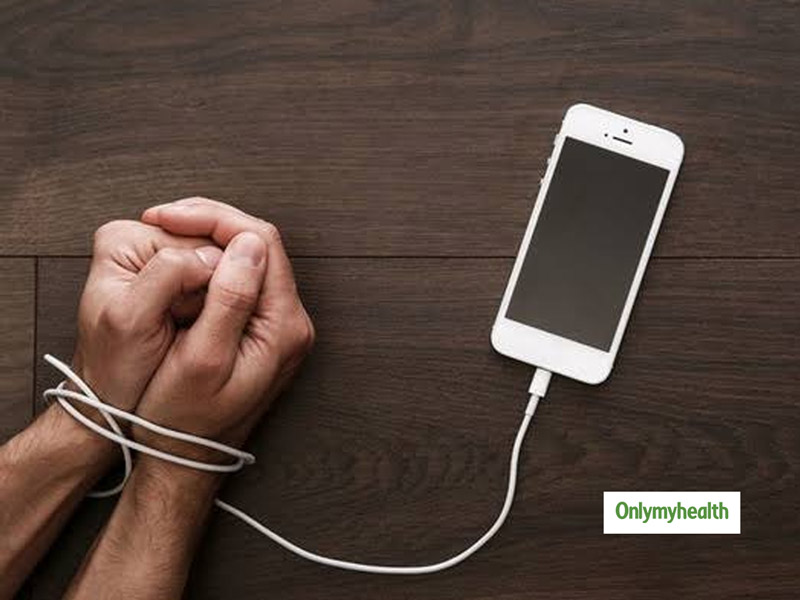
In today’s hyper-connected world, our smartphones are almost like an extension of our hands. From answering emails to scrolling social media and watching videos, the average adult spends several hours a day staring at a screen. But while our devices offer convenience, they also come with risks—one of them being Smartphone Vision Syndrome (SVS).
Table of Content:-
To understand this condition better, we spoke to Dr Abha Gahlot, Senior Consultant, Department of Ophthalmology - Sharda Hospital. Here’s what she shared about SVS, its risk factors, and actionable tips to protect your eyes.
What Is Smartphone Vision Syndrome?
According to Dr Gahlot, Smartphone Vision Syndrome refers to a cluster of eye and vision-related issues caused by prolonged use of digital screens, particularly smartphones.
“SVS is an extension of what we often term Computer Vision Syndrome (CVS), but smartphones exacerbate the strain due to their smaller screen sizes and closer viewing distances,” she explained.

Also Read: Why Should You Not Use Phone Immediately After Waking Up In The Morning?
Symptoms of Smartphone Vision Syndrome
Symptoms of SVS include:
- Eye strain or fatigue
- Dry or watery eyes
- Blurred or double vision
- Headaches
- Neck, shoulder, or back pain due to poor posture
“While these symptoms might seem mild initially, they can worsen over time, impacting your overall quality of life,” Dr Gahlot warned.
Are You At Risk Of Smartphone Vision Syndrome?
Dr Gahlot outlined a few key factors that could put you at higher risk:
1. Prolonged Screen Time
Spending more than 2–3 hours a day on smartphones significantly increases the risk.
2. Poor Viewing Habits
Holding your phone too close to your eyes, using it in dim lighting, or continuously staring without breaks.
Also Read: Wrist Pain From Your Phone? Expert Insights On Carpal Tunnel Syndrome
3. Age
While SVS affects all age groups, children and young adults are particularly vulnerable due to their higher screen usage.

4. Existing Eye Conditions
Individuals with uncorrected vision issues, such as nearsightedness or farsightedness, may experience more severe symptoms.
5. Blue Light Exposure
The High-Energy Visible (HEV) blue light emitted by screens contributes to eye strain and disrupts sleep patterns.
Expert-Recommended Tips to Prevent Smartphone Vision Syndrome
Dr Gahlot also shared actionable strategies to protect your eyes from SVS:
1. Follow the 20-20-20 Rule
“For every 20 minutes of screen time, take a 20-second break and look at something 20 feet away. This relaxes the eye muscles and reduces strain,” she advised.
2. Adjust Screen Settings
Increase font size to reduce the effort your eyes need to focus. Use a blue light filter or night mode to minimise blue light exposure and maintain adequate brightness levels.
3. Blink Often and Stay Hydrated
Staring at screens reduces blinking frequency, leading to dry eyes. Dr Gahlot recommended consciously blinking more often and using artificial tears if necessary.
4. Maintain a Safe Distance
“Hold your smartphone at least 16–18 inches away from your face and slightly below eye level,” she said.
5. Limit Screen Time
Set daily limits on non-essential smartphone use. Encourage children to engage in offline activities like reading or outdoor play.
6. Create a Screen-Friendly Environment
Ensure proper lighting to reduce glare. Use anti-reflective screen protectors or glasses designed for digital devices.
7. Schedule Regular Eye Exams
“Early detection of any eye problems can prevent complications. Make it a habit to consult your ophthalmologist regularly, especially if you notice symptoms,” Dr Gahlot emphasised.
Bottomline
Smartphone Vision Syndrome is a growing concern in our digital era, but it’s not inevitable. By adopting healthy screen habits and following expert advice, you can enjoy the benefits of your smartphone without compromising your eye health.
Also watch this video
How we keep this article up to date:
We work with experts and keep a close eye on the latest in health and wellness. Whenever there is a new research or helpful information, we update our articles with accurate and useful advice.
Current Version
